Garment and textiles going green in push to hit turnover goals
After more than two years of construction, a new green factory went into operation on September 30 in the southern province of An Giang. The 100 per cent Danish-owned Specter clothing plant specialises in the manufacturing of outdoor sportswear for export and will be partly powered by renewable energy.
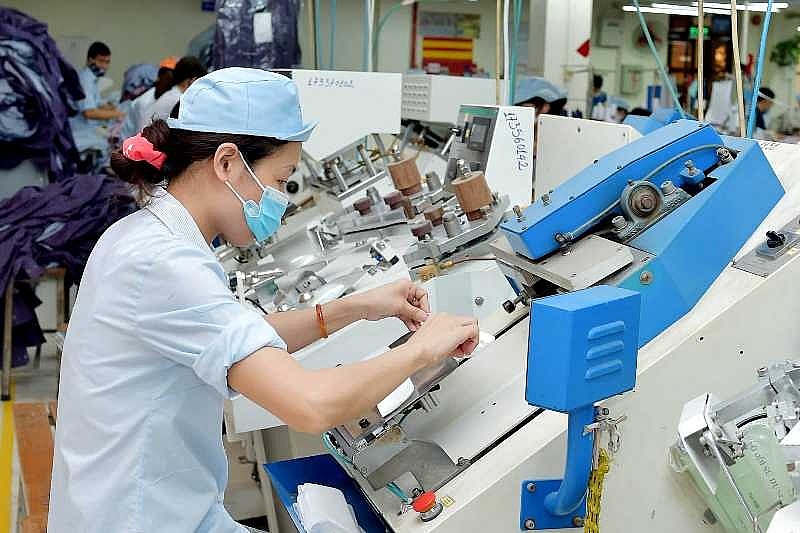 |
| Garment and textiles going green in push to hit turnover goals, source: baodautu.vn |
The facility was constructed following corporate social responsibility requirements and was awarded a Gold LEED certificate. Using solar energy and contemporary architecture, the factory can cut its annual CO2 emissions by around 1,600 tonnes.
The initiative also highlights the significance of the Vietnamese government’s commitment to reducing carbon emissions in luring high-quality foreign investment to Vietnam. When in operation, all sustainable production investment projects must utilise renewable energy.
This is Specter’s third facility in Vietnam and Denmark’s first foreign-invested project in An Giang, totalling up to $17 million. The plant will generate 2,500 local jobs.
On October 11, Hanoi Textile and Garment JSC (Hanosimex) and South Korea’s Hansae Group inked a collaboration agreement on a project for recycled textiles in Vietnam. This is the first of many successful initiatives in the textile and apparel industry’s transition to green manufacturing, satisfying the rising demands of international importers, including the United States, Japan, South Korea, and China.
According to Kyung Kim, senior vice president of Hansae Group, the effects of climate change have spurred the global government and industry community to take greater action. This tendency cannot be ignored by the textile sector, and it is vital to produce green goods and recover fabric to decrease waste.
“Hanosimex and Hansae Group will be the first companies in Vietnam’s textile sector to develop a comprehensive distribution network from yarn to weaving, dying, and sewing, entirely for recycled goods,” Kim said.
The two parties will undertake a project to create yarn and fabric from recycled fibres in Vietnam, and all of the factory’s goods will be exported. In the near future, about 4,000 tonnes of recycled fabric for the EU market are anticipated to be manufactured.
They will also continue to finish samples of yarn and fabric and effectively expand into other markets, such as the US and Japan, with knitted and woven textiles, to bring sales on both sides to the targeted $500 million by 2025 and $1 billion by 2030.
According to Le Tien Truong, chairman of the Board at Vinatex, the parent business of Hanosimex, the circular economy and ecologically friendly apparel goods are a trend in global textile markets.
“From now until 2050, the EU will implement new textile standards emphasising green goods,” Truong said. “The signing of a strategic collaboration agreement between Hanosimex and Hansae will assist both parties in increasing the volume and percentage of knitted goods of recycled origin and eco-friendly fashion items.”
In the initial nine months of 2022, the textile and apparel industry’s expected exports were $35.3 billion, an increase of 21.6 per cent over the same time in 2021 and over 80 per cent of the entire export target. According to Vu Duc Giang, chairman of the Vietnam Textile and Apparel Association, “The situation in Q4 will be less favourable as key markets mitigate imported products. However, due to the significant growth in the preceding three quarters, it is probable that the sector will still reach its export turnover target of $44 billion by the end of 2022.”
Greening production chains in the textile industry is a global trend that firms must adopt to meet sustainable development objectives. This is a necessity for suppliers if they do not want to be left behind since the EU, a $4 billion per year import market for Vietnamese textiles and apparel, has proposed new environmental requirements for textiles purchased for the market.
The proposal stipulates that textiles entering the EU market must be durable, reusable, and recyclable. Additionally, major apparel manufacturers worldwide and collaborators of Vietnam’s textile and garment businesses are gradually shifting to emphasising orders from green businesses.
Businesses that pollute during the manufacturing process, do not use energy-saving measures or exploit natural resources risk not being denied orders.
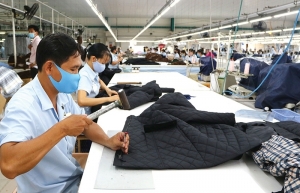 | Textile and garment makers seek multitude of options As the current outbreak of the pandemic remains complicated, textile and garment makers fear lasting impacts on their operations, with many of them hoping for either direct support from the government or the permission to take the initiative themselves. |
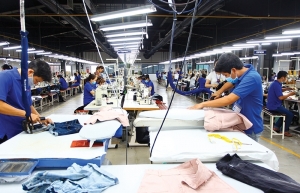 | Garment and textile groups bemoan curbs With the autumn-winter season coming up, Vietnam’s garment and textile industry could cash in on the increased demand for clothing. However, amid social distancing, a resulting labour shortage, and vastly increased shipping costs, domestic apparel producers are struggling to make use of such opportunity and keep up with orders. |
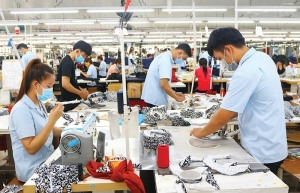 | Garment and textiles face reality of fierce global rivalry Vietnam’s garment and textile sector has reached the 2021 export target, but is confronted with ever-growing competition from the Asian continent as well as other markets. |
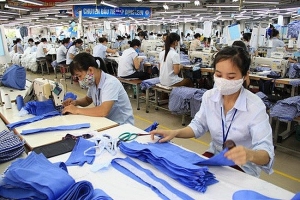 | Brightened prospects for garment and textile industry Thanks to the flexible policies of the government on pandemic prevention and international integration, garment and textile exporters have been overcoming the woes of 2021 and achieved their yearly targets. |
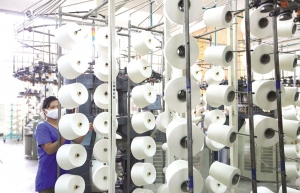 | Textile and garment groups feeling global squeeze A lack of orders is throwing a wrench into the works of textile and footwear enterprises that are already struggling with increasingly higher production costs than the competition in other markets. |
What the stars mean:
★ Poor ★ ★ Promising ★★★ Good ★★★★ Very good ★★★★★ Exceptional
Related Contents
Latest News
More News
- Businesses ramp up production as year-end orders surge (December 30, 2025 | 10:05)
- Vietjet chairwoman awarded Labour Hero title (December 29, 2025 | 13:06)
- How to unlock ESG value through green innovation (December 29, 2025 | 10:03)
- AI reshapes media and advertising industry (December 29, 2025 | 08:33)
- FPT and GELEX sign deal to develop blockchain tech for global markets (December 29, 2025 | 08:29)
- Vietnam’s GDP forecast to grow by 9 per cent in 2026 (December 29, 2025 | 08:29)
- Women entrepreneurs are key to Vietnam’s economic growth (December 29, 2025 | 08:00)
- Vietnam's top 500 value-creating enterprises announced (December 27, 2025 | 08:00)
- The PAN Group shaping a better future with ESG strategy (December 26, 2025 | 09:00)
- Masan Consumer officially lists on HSX, marking the next phase of value creation (December 25, 2025 | 13:20)

 Tag:
Tag:


















 Mobile Version
Mobile Version